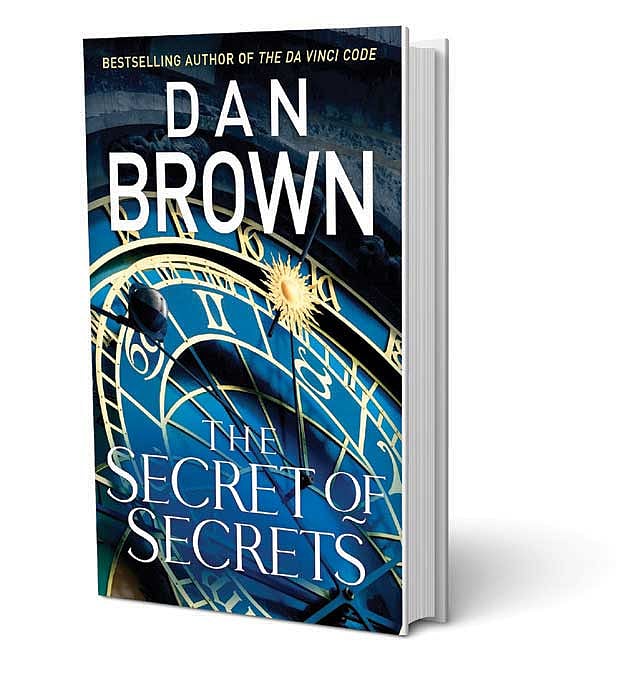Lost in Prague

In 16th-century Prague where violence against Jews was frequent and intense, Chief Rabbi Leow created a golem, a monstrous-looking creature made of clay meant to protect the community. Leow would deactivate the golem by tweaking ‘emeth’ (life) written in Hebrew on his forehead to ‘meth’ (death) on the Sabbath. However, the creature became too destructive, forcing the rabbi to deactivate it permanently. Its ashes, or the clay that gave it its body, is believed to be stored at the Old-New Synagogue in Prague.
The tale might be a reminder of the human desire to play god and how man’s creations can spiral out of control. This forms one of the major themes of The Secret of Secrets, the latest novel in the Robert Langdon series by Dan Brown, where the lines between myth and facts blur. Brown has mastered this skill—one just needs to scour through his earlier books like Angels and Demons or Inferno.
The Secret of Secrets follows symbologist Robert Langdon, now in his fifties but still getting caught up in global conspiracies. In Prague, his lover Katherine Solomon, a noetics scientist first introduced in The Lost Symbol, is abducted by ancient, mysterious organisations along with her research on consciousness—the MacGuffin of the story—that has the potential to reshape how it is imagined. Solomon discovers that consciousness can be tracked and endures past death, raising the question: Should science validate what religions long preached?
2026 New Year Issue
Essays by Shashi Tharoor, Sumana Roy, Ram Madhav, Swapan Dasgupta, Carlo Pizzati, Manjari Chaturvedi, TCA Raghavan, Vinita Dawra Nangia, Rami Niranjan Desai, Shylashri Shankar, Roderick Matthews, Suvir Saran
As usual, Langdon gets down and dirty, taking us through the City of a Hundred Spires with its beautiful locations and history in every corner—from Kafka to gothic architecture—before moving on to London and then New York in his quest to uncover yet another mystery. Prague becomes the defining feature of the novel, with its associated myth of the Jewish Frankenstein monster that is mirrored in the story’s antagonist aptly named Golem, a man dressing himself up with clay who is devoted to protecting his masters and their mission to ensure that Solomon’s findings do not see the light of day. There is a certain dichotomy between the two: the original golem protects lives while Golem protects secrets, and doesn’t hesitate to kill for them.
For fans of Brown, The Secret of Secrets will be a nostalgia trip, a flashback, which ironically is a device frequently used by the author. The novel is as good as it gets for a Langdon adventure—a fast-paced thriller, full of chase sequences (especially the one with Langdon in a cavernous, monorail-equipped laboratory), riddled with puzzles, and the hero’s sexy banter with the supporting lead. After all, Langdon returns after eight years with a ride as thrilling as Disneyland.
But even if the book is as good as it gets for a Langdon adventure, it doesn’t really take any risk. The characters remain two-dimensional and typical of B-grade flicks—Langdon is old but athletic, still an academic more famous than a rockstar; his partners (in life or alleged crimes) are sexy and bold yet nerdy women; bureaucrats are untrustworthy; doctors unethical. Plus the science that drives the plot is, of course, rather murky. But Jonas Faukman based on Brown’s real-life editor Jason Faukman—the names being anagrams—provides much-needed and self-referential comic relief: “This is book publishing, for crying out loud… not ‘Die Hard’!” Formulaic yet irresistible, The Secret of Secrets reminds us why Brown’s thrillers remain guilty pleasures.

